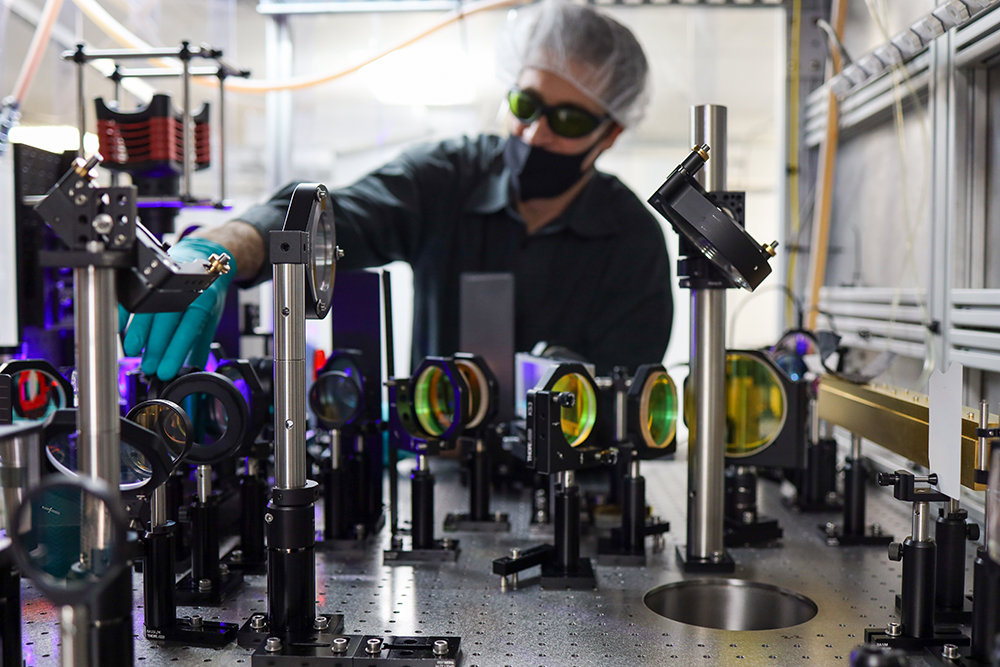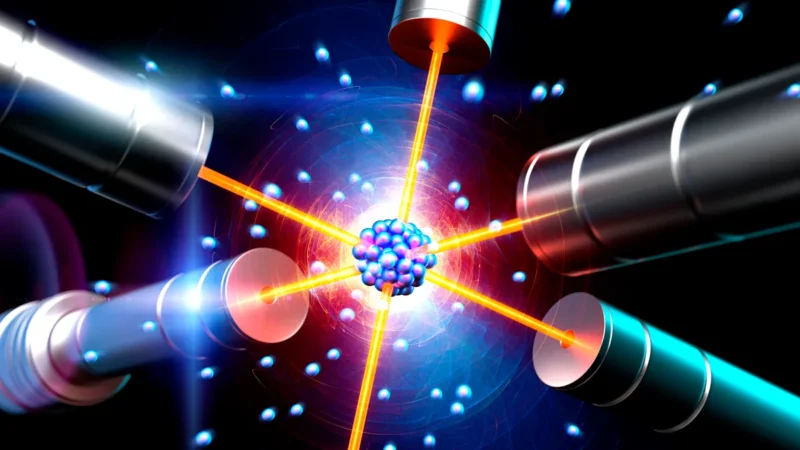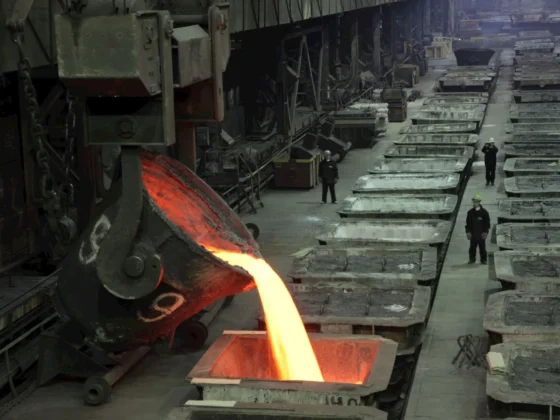In the world of today, laser technology is one of the most exciting and emerging areas of science. As with all cutting-edge technologies, there are a plethora of innovations that have the potential to revolutionize our lives in more ways than we can imagine.
From medical applications to industrial uses, lasers are becoming ever more integral components in our daily lives. In this article, we will explore some of these innovative new developments and how they might affect us in the future.
We’ll uncover just what these advanced advancements mean for humanity as well as what impact they could have on our society at large. So join us now as we take a look into an exciting future where anything is possible thanks to laser technology!
Exploring the Possibilities of Lasers in Everyday Life
The possibilities of laser technology in everyday life are seemingly endless. From its earliest incarnation as a cutting-edge military tool to its current widespread use in industrial production and medical treatments, lasers have become an invaluable part of modern life.
As research continues on the potential uses for this technology, it appears that there are still more applications to be discovered. Recently, scientists have begun exploring ways to incorporate laser technology into consumer products and services.
Lasers can now be found in everything from security systems and automated lighting solutions to interactive entertainment displays and self-driving cars. Even more excitingly, researchers are working on using lasers for facial recognition software, 3D printing materials with precision accuracy, barcode scanning devices, smart robotics systems with advanced vision capabilities, and much more! These advancements could revolutionize how we interact with our environment – allowing us to enjoy greater convenience through automation while also improving safety standards across multiple industries. Furthermore, by utilizing the power of light waves rather than electricity or other energy sources – which can be costly or dangerous – lasers offer environmentally friendly solutions that help reduce waste while boosting efficiency levels at the same time.
Emerging innovations in laser technology will continue to shape our lives for years to come; offering up new opportunities for exploration both within existing industries as well as entirely new ones yet unimagined. The future is indeed bright when it comes to unlocking these possibilities!
Advances in Laser Technology and Applications

Laser technology has revolutionized the way we think about accuracy, speed, and cost when it comes to scientific research and development. It has also improved the way many products are manufactured with increased output, smaller footprints, lower energy costs, and reduced waste materials.
Furthermore, lasers have been used in a variety of medical treatments such as surgery for cataracts or cancer treatment with photodynamic therapy (PDT). Lasers can also be used for remote sensing via satellite imagery or airborne sensors which allow for increased surveillance capabilities while providing better data collection from difficult-to-reach areas.
Finally, laser technology is playing an increasingly important role in defense systems as countries rely on its accurate targeting capabilities for weapons guidance systems. The future potential of lasers looks even brighter as researchers continue exploring new ways that this cutting-edge technology can improve our lives both now and in the future.
The Impact of Lasers on Commercial and Industrial Sectors
The emergence of laser technology has revolutionized the commercial and industrial sectors, providing a range of efficient new tools for production. Laser-cutting machines have revolutionized fabrication processes, allowing for greater precision in materials processing and faster delivery times.
In addition, lasers are increasingly being used in 3D printing technologies, enabling rapid prototyping with improved accuracy and repeatability. Laser technology is also being applied to medical instruments to provide more accurate diagnosis and treatment options for patients.
Finally, lasers are becoming commonplace in manufacturing operations due to their ability to identify flaws quickly and accurately as well as their affordability compared to other inspection methods. The future looks bright indeed for the use of laser technology across all commercial and industrial sectors!
Benefits and Challenges of Developing Laser Technologies

The development of laser technologies is a crucial step forward in the march toward technological advancement. While these new advancements bring with them great potential and excitement, they also come with their own unique set of benefits and challenges.
The primary benefit of developing laser technology is the ability to conduct more precise operations much faster than traditional methods, saving time and energy. Laser technology can even be used in medical settings for surgeries or diagnostics that require extreme accuracy, reducing risk for patients while increasing success rates. Additionally, due to its precision-based applications, it has been adopted by many industries as a way to increase efficiency and accuracy across all sectors from manufacturing to construction.
As exciting as these developments are, some associated challenges must be taken into account when working with lasers. The cost associated with acquiring equipment necessary for laser operations can present an obstacle for those who want access to this cutting-edge technology but may not have the resources necessary to obtain it.
Furthermore, safety protocols need to be developed to ensure proper usage without risking human life or property damage — something that often requires additional training and knowledge about how these devices operate before use can be permitted. Finally, despite their numerous advantages over traditional methods of operation, lasers still lack certain abilities such as being able to distinguish between different materials which limits their application significantly compared to other forms of machinery available today.
Overall, the development of laser technologies promises great potential but also comes with its own set of benefits and challenges that must be taken into consideration before implementation on any scale.
Conclusion
The future of laser technology is an exciting one. Innovations are emerging that promise to revolutionize the way we use lasers in a variety of applications, from surgery to manufacturing and more.
With advancements in power, accuracy, and affordability, laser technology has the potential to bring about incredible changes in virtually every area of our lives. As these new technologies continue to develop, it becomes evident that the future for this technology is indeed bright – with no limit on its potential for growth and innovation.



